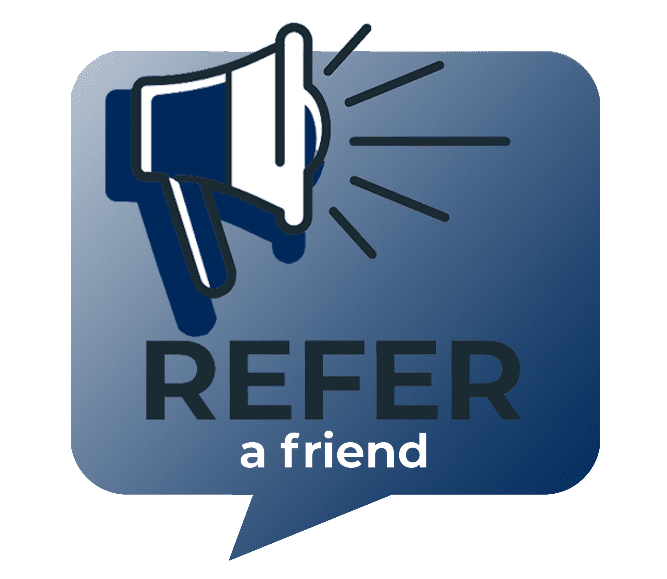You may have heard that, or even capitalized on, mortgage loan interest rates being at historic lows lately. That has in turn resulted in more homes being purchased. And what do people consider their biggest financial asset and also their financial safe haven? Their home. Many new homeowners will obtain life insurance upon purchasing a home, with the thought that their biggest bill (the mortgage) would be covered in the event that they pass away. Are you seeing the connections now between homes, mortgages and life insurance?
Let’s dive a little deeper… Let’s talk about a form of term life insurance that may connect the dots even more called mortgage protection life insurance. Any new home owner is inundated with information on this but very few bite, for good reason. Mortgage protection life insurance operates just like a regular insurance policy: an individual buys coverage, pays premiums and if the policyholder dies during the term, the policy pays a death benefit.
There are some significant differences though. Unlike a traditional life insurance policy, the death benefit of a mortgage protection policy goes directly to the mortgage company or lender, not the policyholder. Also, the total death benefit is designed to decrease year after year as the mortgage is paid down. And lastly, mortgage protection insurance tends to be more expensive than a comparable term life insurance policy.
On the flip side, regular term life insurance is typically low cost and gives policyholders the flexibility to use its benefits any way they wish — and they can set their own benefit amount. In a payout event, term life insurance provides beneficiaries with a tax-free lump sum of cash (annuities are also available) that can be used for mortgage repayment… or other things such as retirement savings, college savings, or day-to-day bills. That is up to the discretion of the beneficiary. And the coverage amount stays the same, regardless of how long or what may have occurred from the time it was purchased.
Another reason that now, rather than later, is a good time to consider life insurance in any form or fashion is that the premiums are typically much lower for a younger individual and there can also be little to no medical underwriting. So while you may view a new home as an asset, it’s also a debt (until paid for, of course) that your family would be stuck with unless you prepare accordingly.
Whether or not you’re in the market to purchase a home, or if you already have and just skipped the next step of life insurance… We’re happy to help guide you and help you rest assured that your family is well taken care of. That peace of mind is a much larger asset than any home in the world could ever be.



